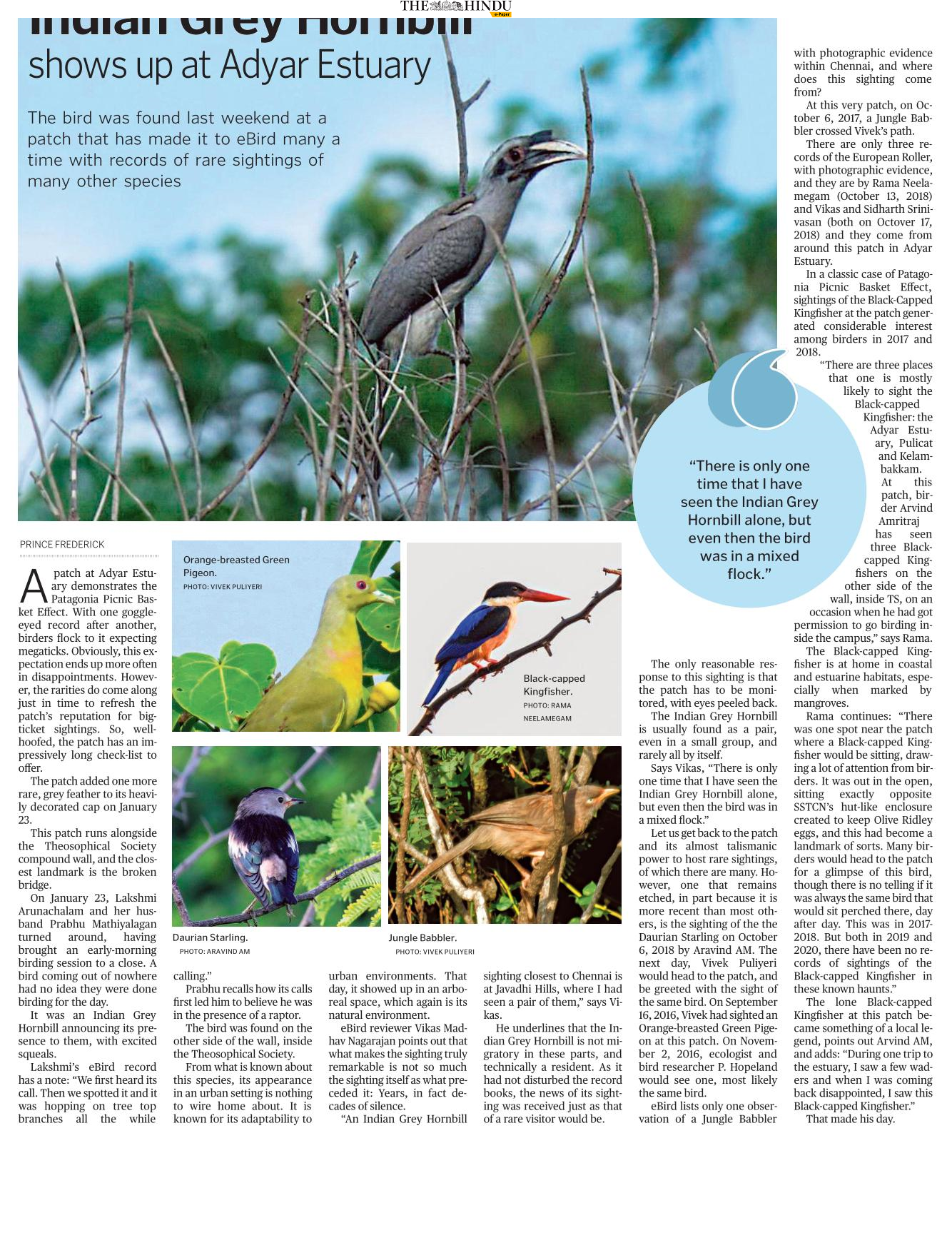Posts
Showing posts with the label birds - migrants
Posted by
Flowergirl
eBird India Checklist - 30 Jul 2023 - Shaheen Falcon - Viewing Point [Leela Palace IT Building West Facing] - 10 species
- Get link
- X
- Other Apps
Posted by
flowergirl
First record of Greylag in Adyar estuary
- Get link
- X
- Other Apps

Posted by
flowergirl
The excitement of the hornbill that showed up in south Madras
- Get link
- X
- Other Apps

Posted by
Flowergirl
Palaash Blossoms and Rosy Starlings - by Yuvan Aves
- Get link
- X
- Other Apps

Posted by
Flowergirl
The slowly vanishing wetland of Chennai still teams with life
- Get link
- X
- Other Apps

Posted by
flowergirl
Winter visitor on a wire
- Get link
- X
- Other Apps

Posted by
flowergirl
COMB DUCK AT SHOLINGANALLUR
- Get link
- X
- Other Apps

Posted by
flowergirl
Rare Dollarbird sighting
- Get link
- X
- Other Apps

Posted by
Flowergirl
Salt and Sambhar - a place in need of urgent attention
- Get link
- X
- Other Apps